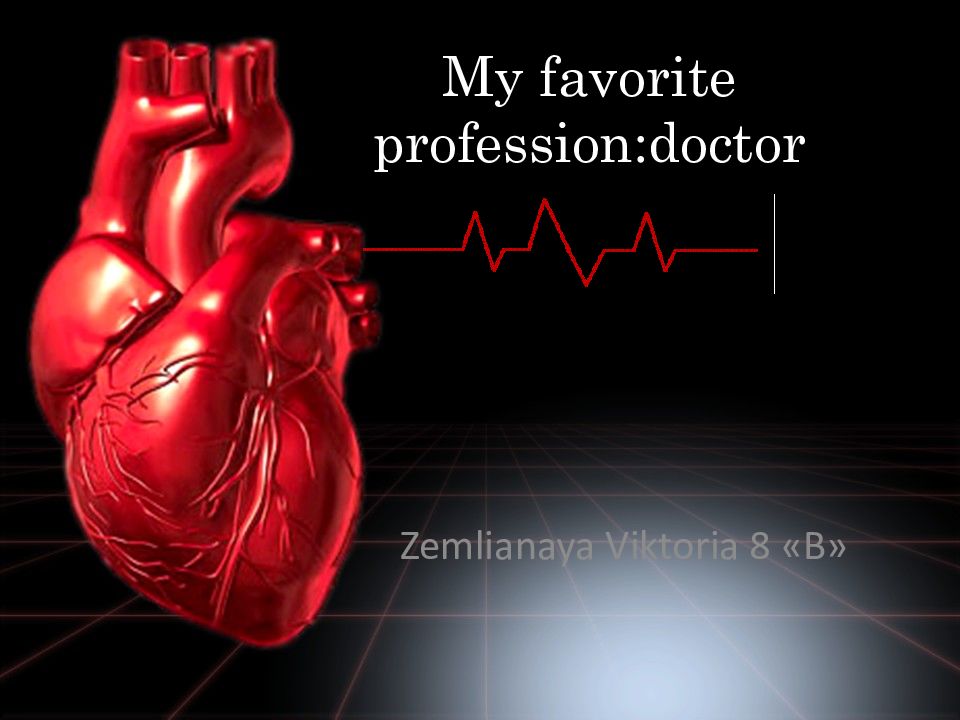machine-building factory workshop bridge construction site hospital university department shipyard bank repair shop assembly site bakery 2
Welding is the process of cutting/joining pieces of metal/plastic detachably/permanently with metal/ceramic filler, using heat/pressure. 3
Слайд 5: 3. Read the text Welding & Machine Trades and fill in the table with the information from the text
Welding professions and levels Trades where welding skill is used Places/fields a welder can work at (in) Personal qualities a welder should have 5
Слайд 6: Welding & Machine Trades
Welding is a skill used by many trades: sheet metal workers, iron-workers, diesel mechanics, boilermakers, carpenters, marine construction, steamfitters, glaziers, repair and maintenance personnel in applications ranging from the sculpture home hobbyist to heavy fabrication of bridges, ships and many other projects. A variety of welding processes are used to join units of metal. As a welder, you may work for shipyards, manufacturers, contractors, federal, state, county, and city governments, firms requiring maintenance mechanics, and repair shops. Welding, while very physically demanding, can be very rewarding for those who enjoy working with their hands. Welders need good eyesight, manual dexterity and hand-eye coordination. They should also be able to concentrate for long periods of time on very detailed work, as well as be in good enough physical shape to bend and stoop, often holding awkward positions for long periods of time. Welders work in a variety of environments, both indoors and out, using heat to melt and fuse separate pieces of metal together. Training and skill levels can vary, with a few weeks of school or on-the-job training for the lowest level job and several years of school and experience for the more skilled welding positions. 6
Слайд 7
Skilled welders often select and set up the welding equipment, execute the weld, and then examine the welds in order to make sure they meet the appropriate specifications. They may also be trained to work in a variety of materials, such as plastic, titanium or aluminum. Those with less training perform more routine tasks, such as the welds on jobs that have already been laid out, and are not able to work with as many different materials. While the need for welders as a whole should continue to grow about as fast as average, according the U.S. Bureau of Labor Statistics, the demand for low-skilled welders should decrease dramatically, as many companies move towards automation. However, this will be partially balanced out by the fact that the demand for machine setters, operators and tenders should increase. And more skilled welders on construction projects and equipment repair should not be affected, as most of these jobs cannot be easily automated. Because of the increased need for highly skilled welders, those with formal training will have a much better chance of getting the position they desire. For those considering to prepare themselves to a meaningful welding-career, there are many options available. There are also different professional specialties and levels, that should be understood to make an informed choice. Some of these are: welder, welding machine operator, welding technician, welding schedule developer, welding procedure writer, testing laboratory technician, welding non destructive testing inspector, welding supervisor, welding instructor, welding engineer. 7
Слайд 8: 4. Answer the following questions on the text
1. What are the trades where welding skills are used? 2. Where can welders work ? 3. What personal characteristics should welders have? 4. How does the environment in which welders work vary? 5. What does it take to be slow-skilled/skilled welder ? 6. What are welders able to do in terms of complection of tasks and variety of materials ? 8
1. Сфера применения сварки охватывает большое количество областей промышленности. 2. Профессия сварщика требует физической выносливости из-за частой необходимости работы в нестационарных условиях. 3. Для того чтобы стать квалифицированным сварщиком, необходима длительная теоретическая подготовка и практический опыт работы. 4. Квалифицированный сварщик должен сам уметь подбирать необходимое сварочное оборудование, материалы и технику сварки. 5. Чем выше квалификация сварщика, тем больше количество материалов, с которыми он может работать, и разнообразнее виды выполняемых работ. 6. В настоящее время имеются большие возможности для освоения профессии сварщика. 9
Слайд 11: 6. Discuss with a partner what the following specialists do. Ask and answer questions according to the model
- What does a welder do? - A welder uses some of various welding processes to join units of metal. - welder - welding machine operator - welding technician - welding schedule developer - welding procedure writer - testing laboratory technician - welding non destructive testing inspector 11














